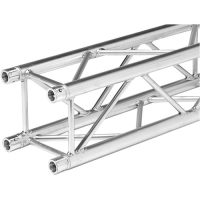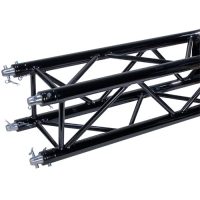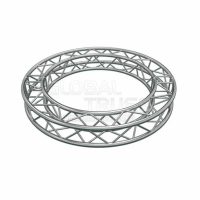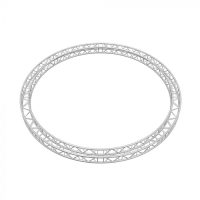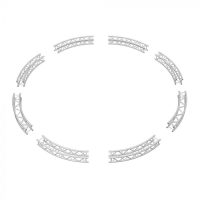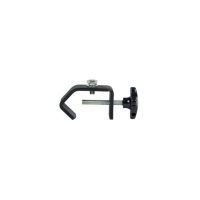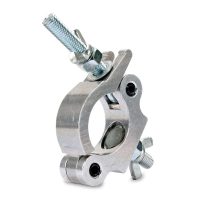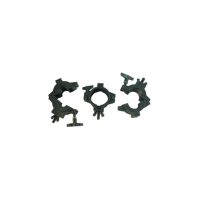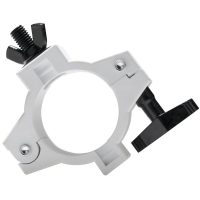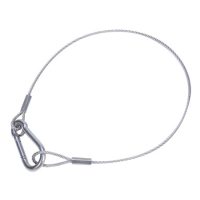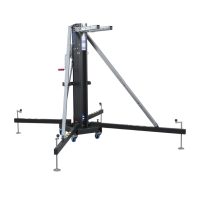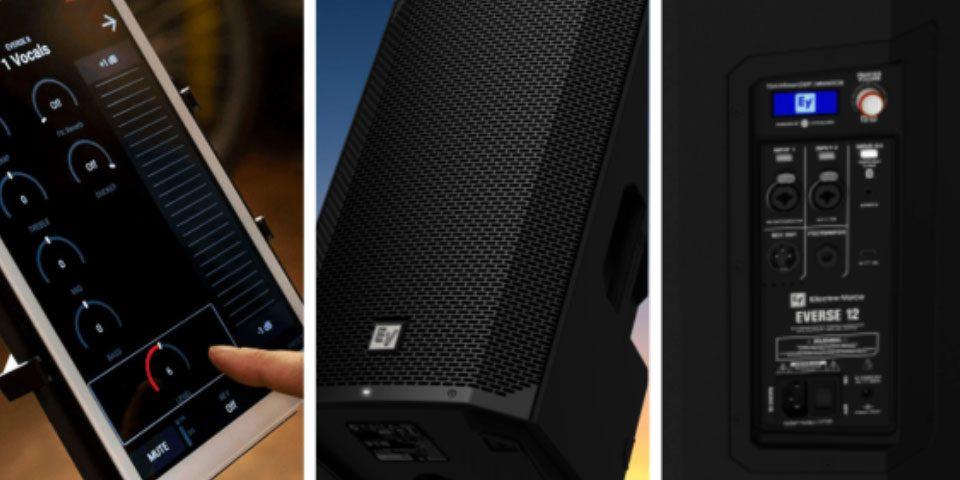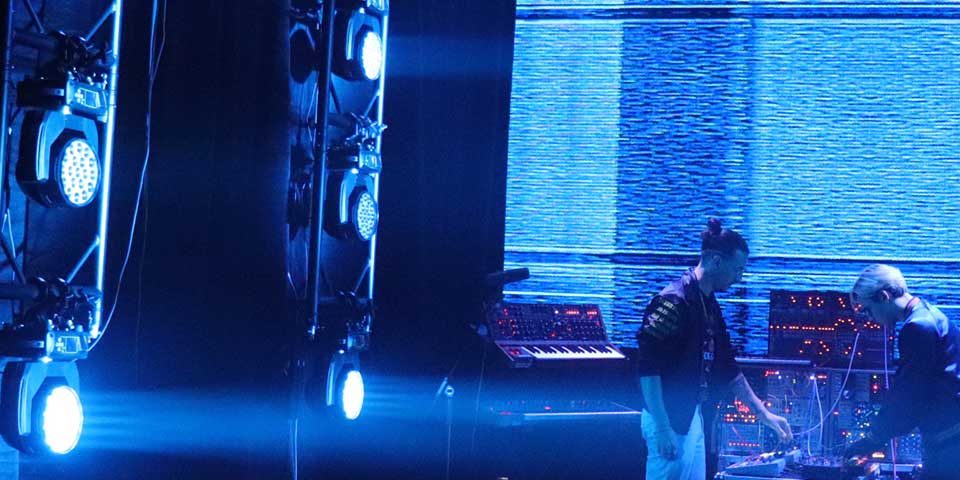
Pioneer DJ DDJ 1000 and Serato DJ Pro – Do They Work Together?

WHAT ARE STUDIO HEADPHONES?

Pioneer DJ DDJ 1000 and Serato DJ Pro – Do They Work Together?

WHAT ARE STUDIO HEADPHONES?
How to Build a Lighting Truss and Disassemble it Quietly?
Hey everyone! If you’ve ever been behind the scenes at any major event or theater production, you know how crucial, yet challenging, assembling and disassembling a lighting truss can be. Today, I'm diving deep into the world of lighting trusses, focusing specifically on doing this task quietly—a real asset in noise-sensitive environments.
Understanding Lighting Truss Assembly
1. Types of Lighting Trusses
First up, let’s talk about the types of trusses you might encounter. From the triangular to the box trusses, each serves its purpose in stage design, supporting lighting, sound equipment, and more. Knowing which type fits your needs is step one in our quiet assembly mission.
2. Tools and Equipment Needed
For assembly, you’ll need more than just your hands. A highlight here is the ProX XT-PINPAL Truss Pin Pal Assembling Hammer, a game changer in the field. It’s designed not only for efficiency but also for quiet operation, which is gold!
3. Step-by-Step Guide to Assembling a Lighting Truss
Assembling a truss involves laying out the segments, connecting them with pins, and ensuring everything is securely fastened. Each step should be handled with care to avoid unnecessary noise, especially in a live event setting.
In the detailed blog post by GTR Industries, the intricate process of hanging a lighting truss from the ceiling is thoroughly explored, starting with the critical importance of identifying suitable structural support points. It emphasizes that selecting strong anchoring points like steel beams or concrete is foundational, ensuring that the entire setup remains secure and stable. Additionally, the post outlines the necessary steps for calculating the maximum load that can safely be supported by the truss, a pivotal factor in preventing overloading and ensuring safety.

Transitioning from planning to execution, the guide elaborately describes the types of rigging accessories recommended for the task, including different clamps and wires that suit various truss models. It advocates for the meticulous application of safety practices such as proper choking methods to ensure that trusses are securely connected without causing undue stress on any part. This ensures not only the physical safety of the installation but also contributes to the overall success of event productions by mitigating potential disruptions.
Techniques for Quiet Operation
Choosing the Right Time and Place
Sometimes, it’s all about the timing. Setting up during less busy hours can drastically reduce the disruption caused by noise. Also, positioning your assembly area away from noise-sensitive activities helps a lot.
Using Noise-Reducing Tools
This brings us back to tools like the ProX XT-PINPAL. Its design minimizes noise when inserting and removing pins. Trust me, the difference is noticeable, and your ears will thank you.
Best Practices for Noise Reduction
Implement techniques like gentle handling of materials and using lubricants on connections to ease them together smoothly. These small steps significantly reduce noise and also protect your equipment.
Disassembling Your Lighting Truss
Preparation for Disassembly
Before you even start, have a clear plan. Knowing the order in which parts should be disassembled can save time and reduce noise. Organize your tools and workspace to keep everything streamlined.
Tips to Disassembling a Lighting Truss
Just like assembly, disassembly should be methodical. Remove pins gently, support segments as they are detached, and stack them neatly away from the work area. Slow and steady wins the race here. Click here for more info
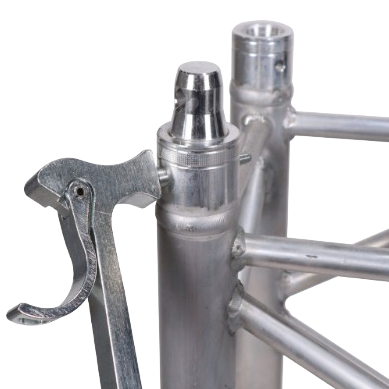
ProX XT-PINPAL Truss Pin Pal Assembling Hammer - Your new best friend
Overview
The ProX XT-PINPAL isn’t just any tool. It’s specifically crafted for truss systems like F34, F32, and F31, featuring a spigot that aids in the quiet removal of pins. Its steel construction promises durability, and the ergonomic handle offers comfort even during extended use.
Advantages in Quiet Truss Assembly and Disassembly
Using the XT-PINPAL has changed the game for many, including me. During one particularly hectic concert setup, this tool not only sped up the process but did so with such a whisper that we avoided any complaints from nearby conference rooms.
User Testimonials and Case Studies
I’ve heard from numerous stage hands and event techs who have seen their setup times and noise levels improve with the XT-PINPAL. It’s one of those tools that you don’t know you need until you try it.
Conclusion
Building and disassembling a lighting truss quietly is not only considerate but often necessary. With the right techniques and tools like the ProX XT-PINPAL, you can achieve a quiet, efficient setup that makes everyone’s life a bit easier.
Remember, whether it's a small community theater or a massive outdoor festival, the principles of quiet truss assembly and disassembly remain the same. It’s about precision, care, and the right equipment.
---
I hope this guide helps you as much as learning and sharing it has helped me. Until next time, keep it quiet and professional out there!





